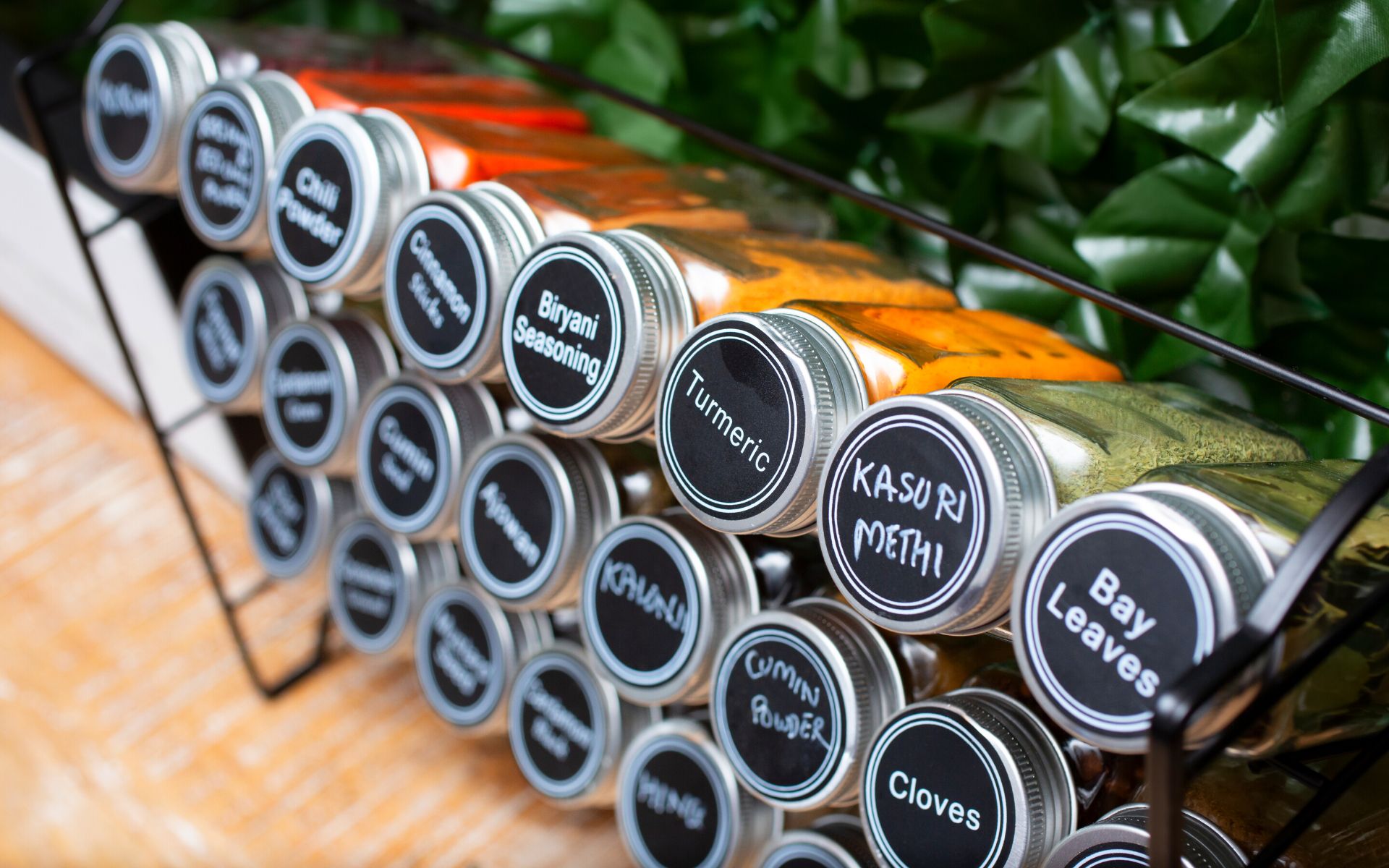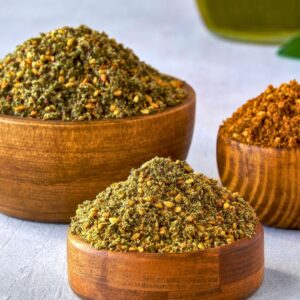A well-organized spice rack is not just about aesthetics; it’s a fundamental component of an efficient kitchen. Proper labeling and organizing of spices can save time, reduce waste, and even elevate your cooking. This article will guide you through the best practices for spice labeling and organizing, transforming your spice collection into a functional and accessible culinary toolkit.
Understanding the Importance of Spice Organization
- Quick Access: Organized spices mean less time searching and more time cooking.
- Freshness Tracking: Proper labeling helps in monitoring the freshness and shelf life of spices.
- Culinary Inspiration: An organized spice rack can inspire you to use a wider range of flavors in your cooking.
Starting with a Clean Slate
- Audit Your Collection: Begin by assessing your current spice collection. Discard any spices that are past their prime.
- Consistency in Containers: Consider transferring your spices into uniform jars or containers for a streamlined look and easier stacking or storage.
Choosing the Right Labeling Method
- Label Types: Options include handwritten labels, printed labels, or purchasing pre-labeled jars. Choose a method that suits your kitchen’s style and your personal preference.
- Information to Include: At a minimum, include the spice name. You may also add the date of purchase or a best-by date.
Organizational Strategies
- Alphabetical Arrangement: This is the most straightforward method, making it easy to locate spices quickly.
- Frequency of Use: Place the spices you use most at the front or in a more accessible spot.
- Categorization: Group spices by cuisine or flavor profile, such as Mediterranean spices, baking spices, or hot spices.
Storage Solutions
- Spice Racks: There are numerous styles of spice racks to suit different kitchen spaces, including wall-mounted racks, in-drawer trays, and carousel racks.
- DIY Options: For a custom solution, consider DIY spice shelves or magnetic boards.
- Space Utilization: Maximize space by using the insides of cabinet doors or under-shelf racks.
- Check out our post on the Best Practices for Storing Spices
Digital Inventory Management
- Spice Inventory Apps: Use a digital inventory system or app to keep track of what spices you have and when they need replacing.
- Digital Labels: Some tech-savvy cooks even opt for QR codes on their spice jars, linking to information about flavor profiles, common uses, and recipes.
Maintenance
- Regular Updates: Periodically review and update your spice organization system. This includes checking for freshness and reorganizing based on changing cooking habits.
- Cleanliness: Keep the spice area clean to avoid cross-contamination and maintain the integrity of flavors.
Effective spice labeling and organizing can significantly enhance your cooking experience by making it easier to find and use a variety of spices. Whether you prefer a minimalist approach or a more detailed system, the key is to find a method that works for you and your kitchen. By investing a little time in organizing your spices, you open up a world of culinary possibilities and make every cooking endeavor a more enjoyable and efficient process.











